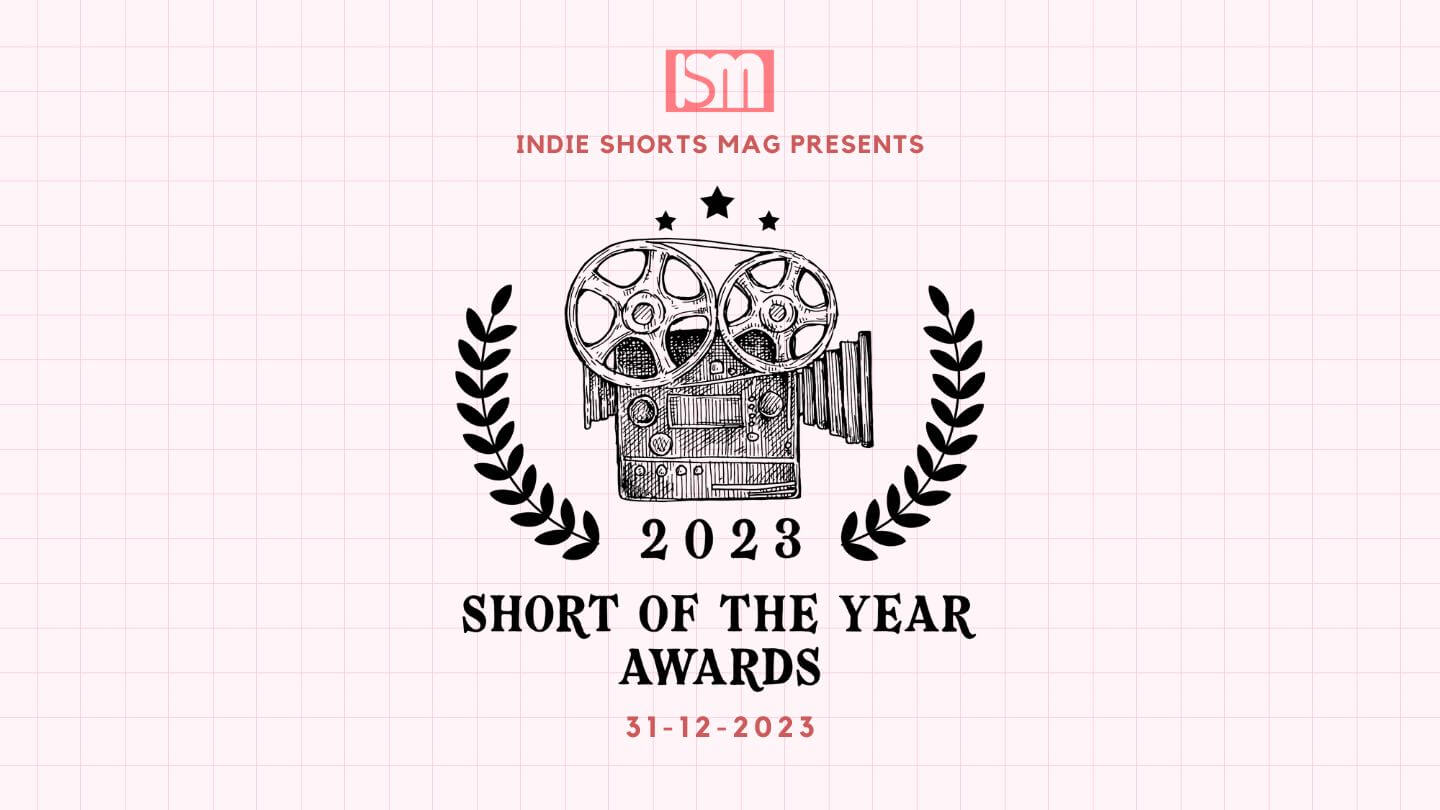Short films represent countless hours of creative effort, technical skill, and artistic vision. Once your production is complete, the challenge shifts to ensuring your film reaches its intended audience online. To maximize visibility and impact, you need to optimize your short film for both human viewers and the algorithms that control online discoverability. Here’s how to effectively release and promote your short film in the digital landscape.
Focus on Audience Targeting
First, identify your target audience. What type of viewers would appreciate your film’s genre, style, and themes? Are you targeting horror enthusiasts, indie film buffs, animation lovers, or documentary viewers? Being specific helps you make strategic decisions about where and how to promote your work.
Next, consider what resonates with this audience. What themes or emotional experiences are they seeking in short films? Understanding their preferences helps you position your existing film appropriately in your promotional materials.
Finally, research where your target audience discovers and watches short films online. Different demographics frequent different platforms, and knowing these patterns will inform your distribution strategy.
Pick the Right Platforms for Your Short Film
Not all video platforms are equally effective for short film distribution. Consider these platform-specific approaches:
- Vimeo: Often considered more filmmaker-friendly with better video quality and a community that appreciates cinematic work. Ideal for artistic, narrative-driven short films.
- YouTube: Offers the largest potential audience but requires more optimization for discoverability. Best for short films seeking broader reach.
- Film-specific platforms: Sites like Omeleto, or NoBudge cater specifically to short film enthusiasts.
- Social platforms: Instagram, TikTok, and Facebook can be powerful for film clips and trailers that drive viewers to full versions.
Research how short films perform on each platform. Some may favor certain genres or styles over others. Consider the typical length expectations as well—a 25-minute short might perform differently than a 5-minute film depending on the platform.
Write Compelling Film Titles and Descriptions
Optimize for algorithms and people
Ensure your titles and descriptions are both intriguing to viewers and searchable by algorithms.
Your title should evoke curiosity while also clearly representing your film’s content. Consider including genre indicators if relevant (e.g., “Echoes: A Psychological Thriller”).
Make good use of keywords
Incorporate relevant filmmaking and genre-specific keywords in your title and description naturally.
Include terms that cinephiles and your target audience would search for, such as “short horror film,” “experimental animation,” or “independent drama.”
Avoid misleading clickbait that promises experiences your film doesn’t deliver—this damages audience trust and increases abandonment rates.
Keep titles concise
Aim to keep titles under 70 characters to prevent truncation in search results and social sharing.
Create a Detailed Description
Craft a compelling synopsis that sets the context without spoiling the film.
Include information about your filmmaking approach, technical specifications, awards (if any), and the creative vision behind the project.
For optimal algorithmic performance, ensure descriptions include at least 250 words with relevant filmmaking terminology.
Add links to your filmmaker portfolio, social media, and any related projects.
Use Relevant Hashtags and Keywords
When uploading your short film, strategic use of hashtags and keywords significantly impacts discoverability. Include relevant filmmaking terms in your title and description, such as:
- Technical aspects: cinematography style, aspect ratio, camera used
- Genre-specific terms: experimental, documentary, narrative, animation
- Stylistic elements: noir, minimalist, surrealist
Research trending hashtags in the independent film community and incorporate them where relevant. For example, #ShortFilm, #IndieFilm, #FilmmakerLife, or genre-specific tags like #ShortHorror or #AnimatedShort.
Always ensure your keywords and hashtags accurately reflect your film’s content and style. Misleading tags might initially attract viewers but will lead to poor engagement metrics when viewers realize the content doesn’t match expectations.
Design Eye-Catching Thumbnails and Film Posters

The Value of Visual First Impressions
For filmmakers, thumbnails function as digital film posters—they’re often the first visual representation viewers encounter. A compelling thumbnail can significantly increase click-through rates and viewership.
Fundamental Components of Effective Film Thumbnails
Create visually striking imagery that captures a pivotal moment or emotion from your film without revealing too much.
Consider using your film’s most visually compelling frame or a specially designed poster graphic.
Maintain consistency with your film’s visual aesthetic and tone.
If using text, keep it minimal—perhaps just the title in a distinctive font that matches your film’s style.
Platform Optimization
Different platforms display thumbnails in various formats:
Vimeo and YouTube: Use 16:9 landscape orientations for optimal display.
Social media platforms: Create variations for different aspect ratios (square for Instagram, vertical for TikTok stories).
Test Different Options
If possible, test multiple thumbnail options to see which generates the highest click-through rate among your target audience.
Include Calls to Action for Film Promotion
After viewers watch your short film, guide them toward meaningful engagement with your work. Effective calls-to-action (CTAs) for filmmakers include:
- Subscribe to your filmmaker channel for future releases
- Follow your social media accounts for behind-the-scenes content
- Visit your portfolio website to view your complete filmography
- Support your work through platforms like Patreon or Ko-fi
- Share the film with others who might appreciate it
Incorporate these CTAs subtly at the end of your film with an end card or credits scene. Also include written CTAs in your film description, encouraging viewers to engage further with your work as a filmmaker.
Boosting Social Proof for Faster Algorithmic Growth
For independent filmmakers, initial traction can be challenging. Strategic investment in social proof can significantly impact your film’s algorithmic performance. Platforms prioritize content with higher engagement metrics, creating a visibility advantage.
Building early momentum by investing in likes, views, and shares can help your short film gain initial visibility. As algorithms notice this engagement, they’re more likely to recommend your film to organic viewers who share interests with your target audience.
Viewers also evaluate content quality partially based on existing metrics—a short film with substantial views appears more creditable and worth watching. This perception can increase organic viewership and engagement, creating a positive feedback loop.
Strategic engagement boosting serves as a discoverability catalyst, helping your film break through the noise of countless online videos to reach genuine film enthusiasts.
Conclusion
Optimizing your short film for both algorithms and human viewers ensures maximum reach and impact for your creative work. By strategically approaching audience targeting, platform selection, compelling titles, relevant keywords, striking thumbnails, and thoughtful CTAs, you significantly enhance your film’s online performance.
Remember that each platform has its own audience expectations and algorithmic preferences. Tailor your approach accordingly while maintaining the artistic integrity of your work. With proper optimization, your short film can find its audience and receive the recognition it deserves in the competitive digital landscape.














